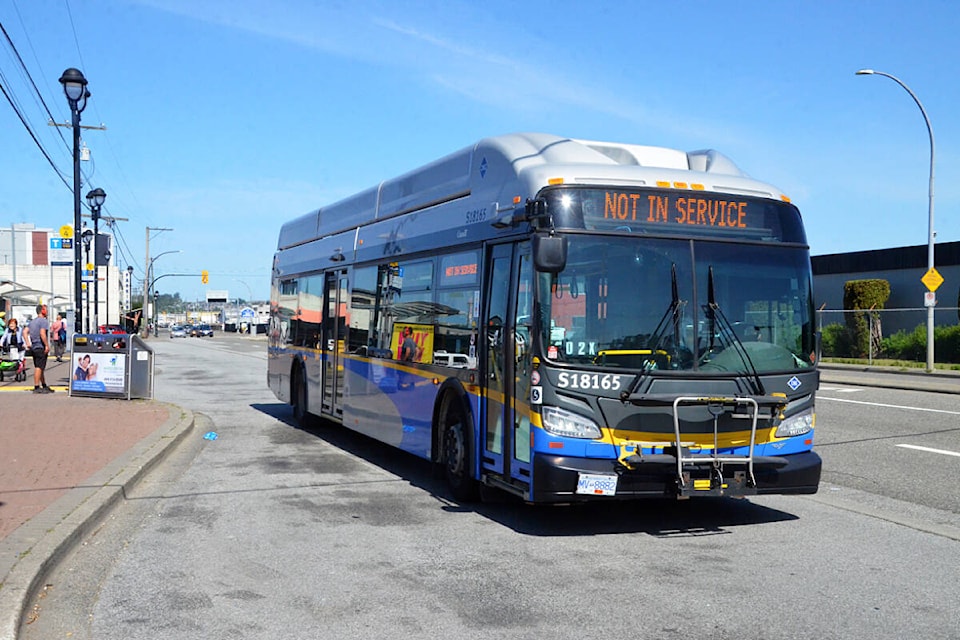Public transit in Metro Vancouver is both too successful, and not successful enough.
TransLink and the Mayors’ Council that oversees its budget have assembled ambitious plans to expand the system, serve more people, and help give folks an option to get out of their cars. That includes buses, SkyTrain, Bus Rapid Transit, and bike and pedestrian accessibility.
They have had some notable successes. While other North American transit systems see ridership still far below pre-pandemic levels, TransLink’s ridership bounced back and as of 2023 had essentially matched 2019 levels. In some areas, like 91ԭ�� and Surrey, ridership was above those levels.
But none of that success has made TransLink financially viable. Its recent report shows a $600 million financial black hole looming as early as 2025. Without fresh funding, bus routes would be cut to the bone, HandyDART would be gutted, and even SkyTrain would be reduced.
With fares increasing at below the rate of inflation, every new rider actually makes the situation worse.
In a growing region of about three million people, ridership isn’t about to drop, not without another pandemic-level shock.
As our editorials have pointed out – and as TransLink was at pains to emphasize in its report – cutting the number of buses and SkyTrain trips will cause region-wide gridlock. People who rely on transit will either have to buy cars and join the traffic jams, or they’ll be stuck – walking miles or waiting hours for the overcrowded buses that are left, or simply unable to get to work, school, doctors appointments, and grocery stores.
A functioning transit system is a key part of the economic health of our region. When we pay for transit service, we’re paying for a service that benefits everyone, including people who never set foot on a bus.
So we can pay one way or the other. We can pay through taxes and fares for proper transit service, and fill the $600 million gap.
Or we can pay with higher prices for goods delivered by truck. We can pay with hundreds more hours of our lives wasted stuck in traffic jams. We can pay in employee shortages. We can pay with increased rates of car crashes.
Getting TransLink back on a stable financial track is the right thing to do, for environmental and financial reasons.
– M.C.



